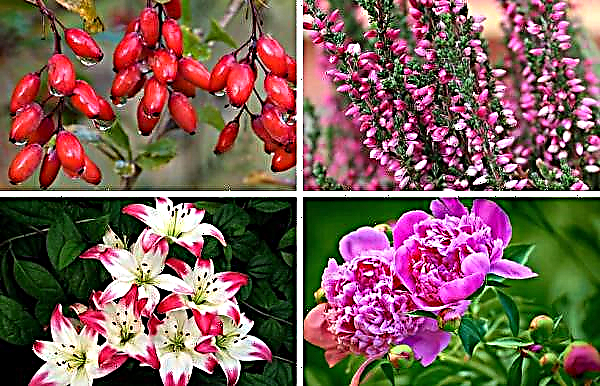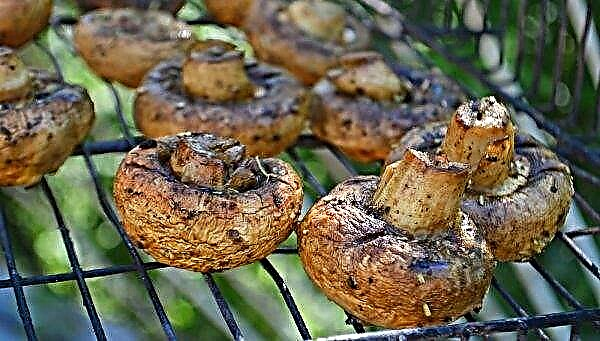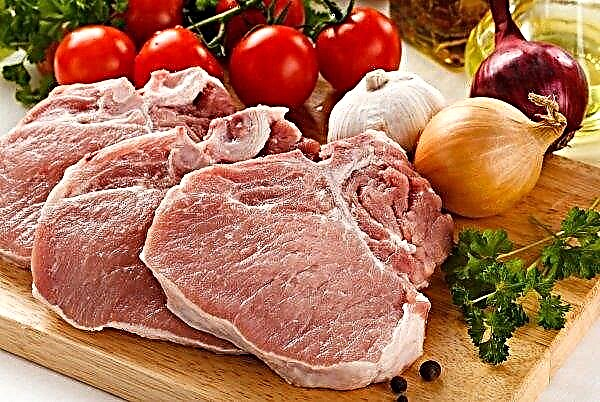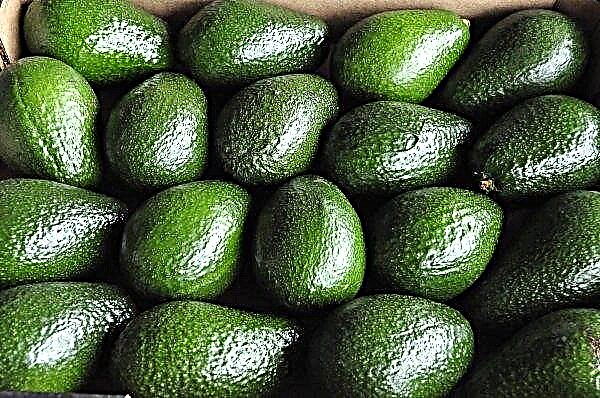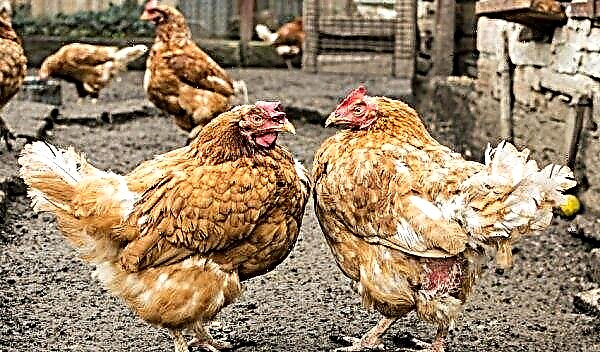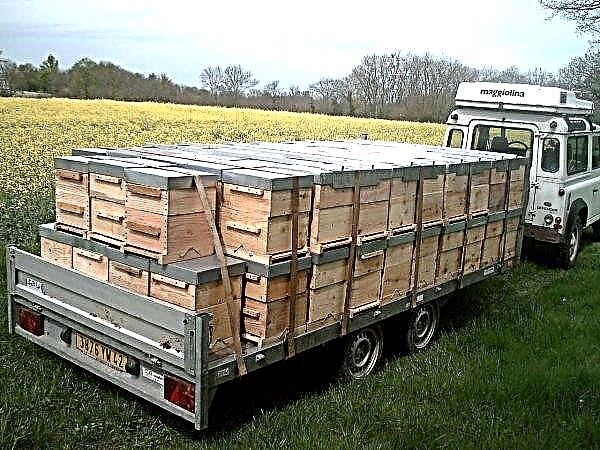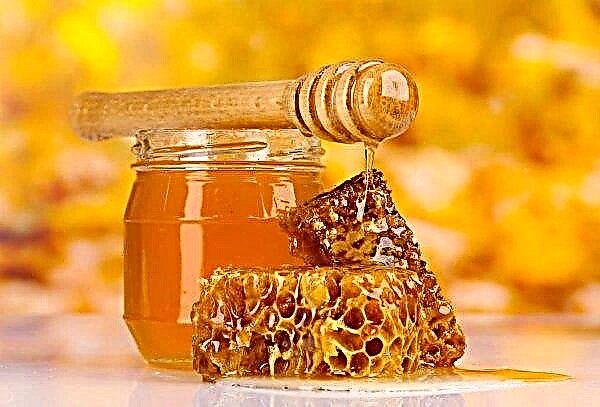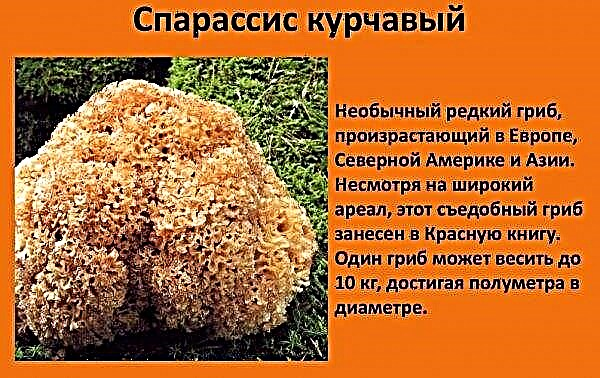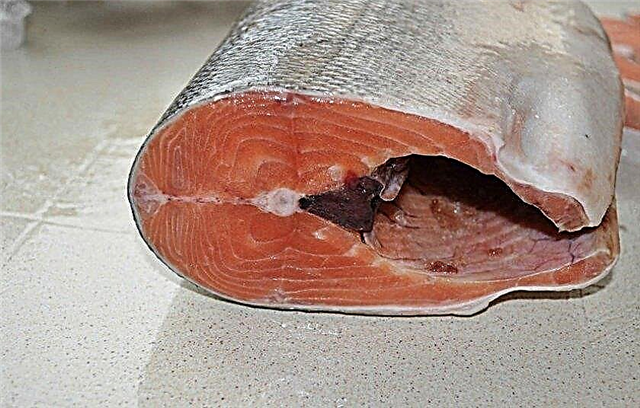There is hardly a person who has not tasted blackcurrant berries - fruits that are familiar from childhood with a sour taste and a persistent tart aroma that can be eaten directly from the bush. Currants are healthy and tasty, and legends go about its healing qualities. There are many varieties of currants, but there are special ones among them - with an early ripening period. These include Nara blackcurrant, a description of all the characteristics of which will be presented in this review.
Description of Nara blackcurrant variety
It will be useful for gardeners with experience and without to familiarize themselves with the history of selection of this early variety, to learn about the basic rules of agricultural technology, the characteristics of the bush and all the nuances of planting and pruning.
Selection history
Variety Nara was bred in the Bryansk region, at the Lupin All-Russian Research Institute by breeder A.I. Astakhov. The scientist crossed two species (garden currant form 33-27 and cultivar Seedling Golubka), and received a subspecies to which he gave a beautiful sonorous name. The variety was recognized by experts, and its selection and cultivation were allowed in the Central, Northwest and Volga regions of Russia. It is entered in the register of garden plants and new species in 1999.
Appearance, characteristics of berries, ripening time, yield
The black currant Nara has a sweet and sour taste, and the sweet one is more pronounced. The berries are round, shiny, and their average size ranges from 1.9 to 3.3 grams. Fruit ripening time: from the beginning to the middle of July, depending on the region. Productivity is rather average than plentiful. A gardener can collect up to 3.3 kg of berries from one bush.
The bush is small in size, medium-sized and slightly spreading, but with proper care, bears fruit abundantly and adorns the garden. The leaves on Nara currant are dark green, large, with well visible pubescence. The fruit cluster is dense, with a large number of berries that are well detached from the stem.
The chemical composition of the berries of Nara currant (per 100 grams):
- calorie content: 44 kcal;
- proteins: 0.04 g;
- fats: 0.02 g;
- carbohydrates: 7 g.
In addition, the fruits contain:Did you know? Everyone knows black, white and red currants, but few people know that there are also “exotic” colors of berries, namely: yellow, purple, orange and even green. They are grown mainly in the USA.
- pectin;
- fruit acids;
- water;
- B vitamins (B1, B2, B4, B5, B6, B9);
- Vitamin E
- biotin;
- vitamin C;
- trace elements: sodium, magnesium, sulfur, phosphorus, chlorine, aluminum;
- starches;
- Omega-3 and Omega-6 acids.
Video: Nara currant
Advantages and disadvantages of the variety
Numerous reviews about the Nara variety confirm its popularity. Now about what the pros and cons of this fruit shrub.
- Advantages of Nara currant:
- resistant to drought;
- tolerates frost well;
- berries are stored for a long time, do not crush when harvested;
- high taste characteristics of fruits (4.6 out of 5 points);
- good adaptability to any type of soil;
- high resistance to all types of parasites.
- The disadvantages of Nara currants:
- does not tolerate an excess of moisture;
- average yield;
- in some regions, the yield characteristics of Nara have not yet been studied.
Agricultural technology
The rules of agricultural technology - this is why gardeners-professionals and even amateurs manage to grow fruitful fruit plants. Nara blackcurrant also has features of planting, care and treatment of pests.
Seat selection and landing
Favorite soil of the Nara fruit shrub is slightly alkaline. In rare cases, it can bear fruit well on soil with an average level of alkalization. The ideal place to plant is loam. The site should be well lit, but a slight shadow is acceptable and even desirable. Do not plant currants near septic tanks or where groundwater is located close - excess moisture destroys the root system.
Planting can be done both in spring and autumn. Autumn planting is considered more favorable, because during the winter the shrub adapts to the soil, in the spring it takes fertilizers, and in the summer it gives its first crop. To get healthy shrubs, a green stem from a healthy plant is rooted in moist soil. Rooting takes one season: for example, if you cut a stalk from an adult bush in the spring before budding, then in the fall you will get a full-fledged healthy seedling.
Green branches are suitable for planting. They are placed at a distance of 40 cm from each other in abundantly watered soil, enriched with manure or compost. Planting depth 5 cm. After planting, plants are covered with a film, from time to time it is lifted and watered.
Video: Planting blackcurrant
Care
Watering should not be plentiful. In summer, it is produced once a week (if it is very hot), and once every two weeks if there has been at least one rain in 7 days. From the beginning of October, watering is stopped, especially if it rains, and leave the bush until spring.
Important! Do not allow stagnation of water at the roots of the bush, this will lead to rapid decay of the root system and death of the plant.
Feeding is carried out regularly, because currants are very fond of nitrogenous fertilizers. From the age of three, fertilizers such as urea are applied under the roots (in spring and autumn, 25 g of powder is poured into the soil under the bush). In the future, the amount of fertilizer remains the same. Young bushes, in addition to nitrogen, are very fond of phosphorus and potassium. In the period from flowering to the formation of berries, potassium and phosphorus are poured into the ground in a ratio of 1.5: 1.
Pest and Disease Control
It is easier to prevent the appearance of pests and diseases of currant than to remove them later. Despite the resistance of the Nara variety to diseases and various parasites, every gardener is required to know the main diseases of this plant and the methods of their prevention.
Parasites of Nara currant:
- Aphid - small green insects. There are three methods of struggle: the settlement of ladybugs on a bush, treatment of bushes with boiling water and chemical remedies. In order to obtain a 100% result, such insecticides as Aktara are usually chosen. The liquid is diluted according to the instructions, and then the bush is sprayed.
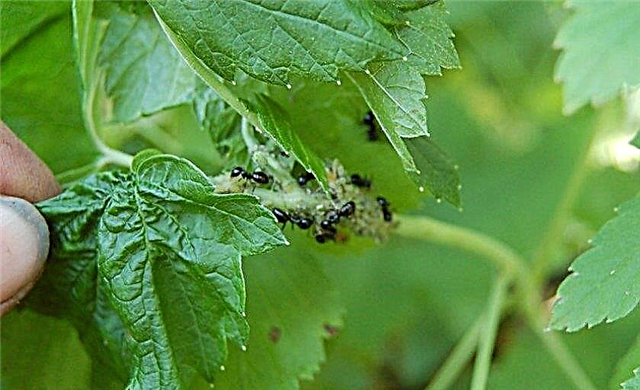
- Mite - a gray insect with a small shell; dangerous parasite. In the fight against it, boiling water or insecticides, such as "Movento" or "Judo", are also used - these are liquid substances that are diluted in water according to the instructions and treat the bush.
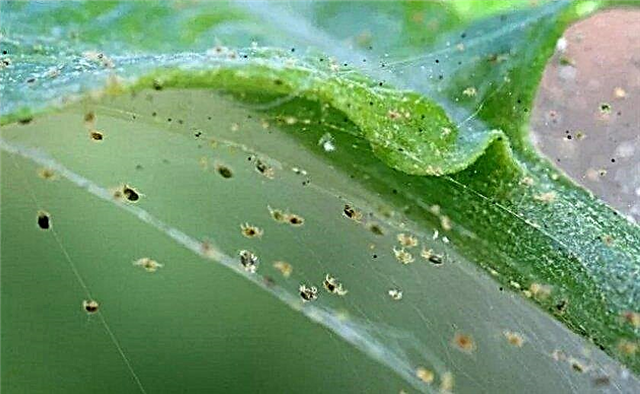
Powdery mildew or sferotek - whitish coating on the leaves; eliminated by water-soluble fungicides "Topaz" or "Fundazole". Bred in water according to the instructions on the package.

- Gray rot - a very dangerous disease; It appears in the form of brown spots on the leaves, gradually turning into a gray coating. When such bushes are identified, they are uprooted and burned (you can limit yourself to the destruction of individual infected branches), and wood ash in the amount of 1 liter can per 1 m³ is brought into the ground.
Important! All treatment of plants against diseases or parasites is carried out either after harvesting, or before the formation of buds.
Trimming and shaping a bush
Pruning or forming a bush of currants is most often performed in spring or autumn. But autumn pruning is considered the most favorable. In spring, pruning is carried out before the formation of buds, the ideal time is the end of April. But in the fall, for example, after harvesting and lowering the temperature to significantly low (+ 5 ° С at night), excess branches are pruned with secateurs to 15–20 cm. The best time for autumn pruning is the end of October.
The bush is not sprawling, so no special efforts are required to form. Old branches, as well as dried or weak ones, are cut to the root, so that the plant does not give up vitality to nourish them. On average, an adult shrub should have up to 20 branches. Fig. 1. Currant pruning: a - annual seedling; b - a biennial bush; c, d - shortening of shoots. Fig. 2. Currant bush before anti-aging pruning (a), after it (b) and pruning of a neglected bush (c).
Fig. 1. Currant pruning: a - annual seedling; b - a biennial bush; c, d - shortening of shoots. Fig. 2. Currant bush before anti-aging pruning (a), after it (b) and pruning of a neglected bush (c).
Wintering
In winter, shrubs require minimal maintenance. This can be adding mulch to the roots no further than to the borders of the crown, as well as deepening the cuttings into the ground (adding ground under the bush). There is no need to wrap currants in a film - it tolerates winter and low temperatures perfectly, it also feels great during frosts.
Did you know? For the first time, currants were cultivated in Kievan Rus, around the X-XI centuries, and only then residents of other European countries appreciated it.
Harvesting and transportation of the crop, shelf life of berries
The variety of black currant Nara is distinguished by high keeping quality (stored for a long time). Thanks to the "dry" separation from the bunch, the fruits retain their shape, are not crushed and do not flow. Currants are usually collected in small baskets or immediately in plastic buckets. Before collection, make sure that the container is dry and clean.
You can’t wet the currants before storage, but it’s better to wash them immediately before cooking, otherwise the berries will let the juice and soften. Properly picked berries are stored at a moderate temperature, in the refrigerator or in the cellar (temperature range from + 4 ° C to + 14 ° C).

If you planted Nara currants correctly and looked after the bush, then by the harvest season you will receive a plentiful harvest. Currant is a source of beneficial vitamins, pectin and fruit acids. Delicious jams, compotes, preserves, pies - this is not a complete list of what can be prepared from currants.





